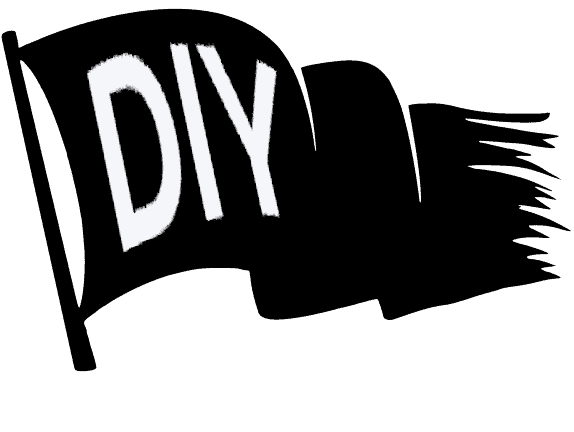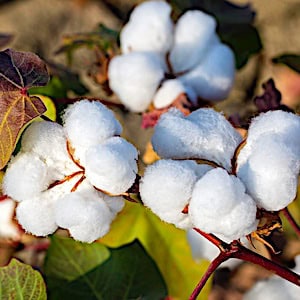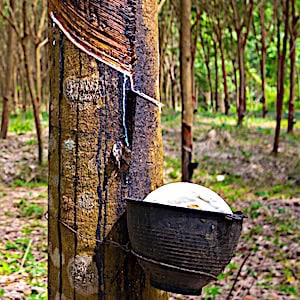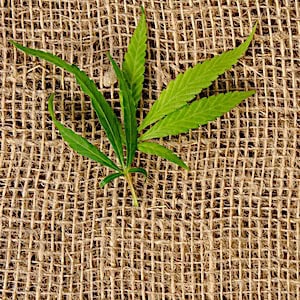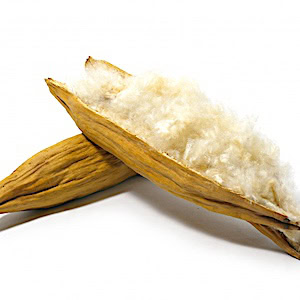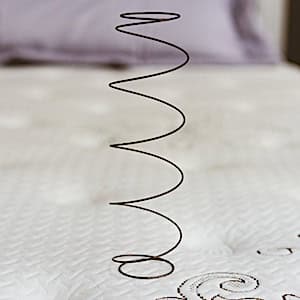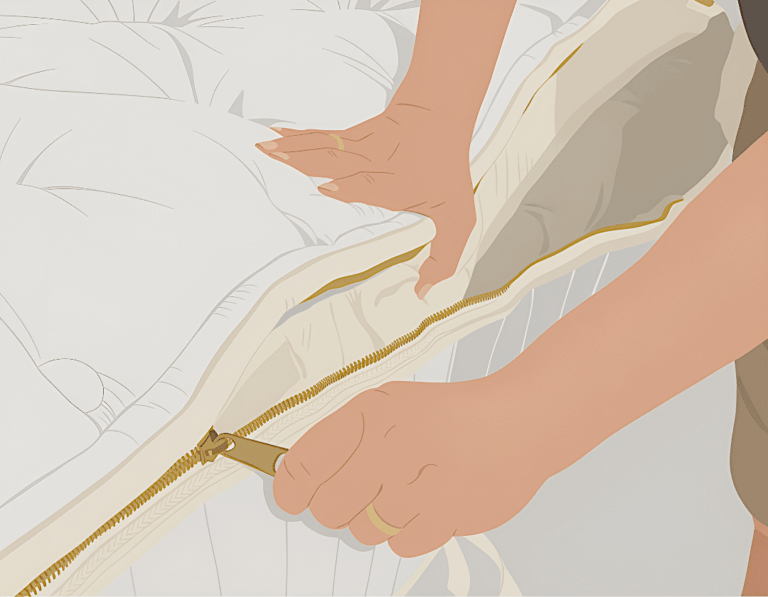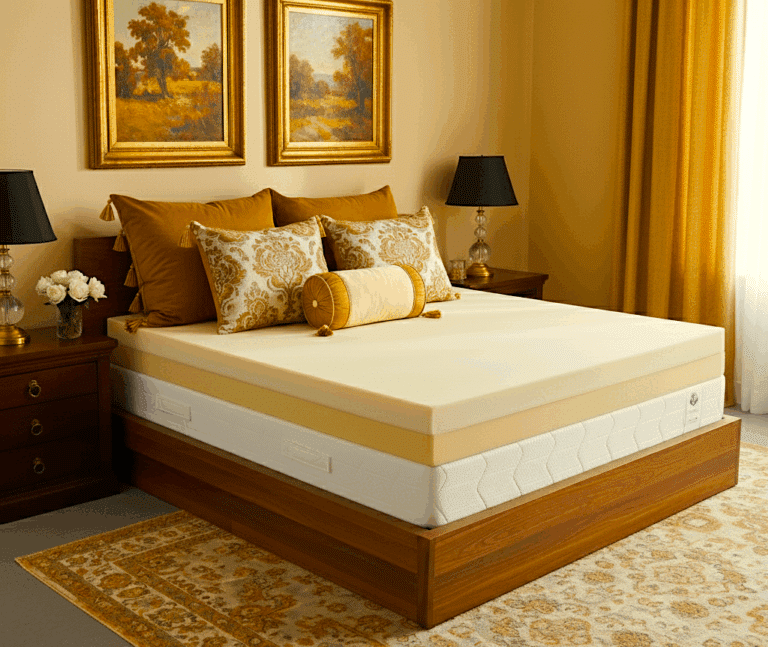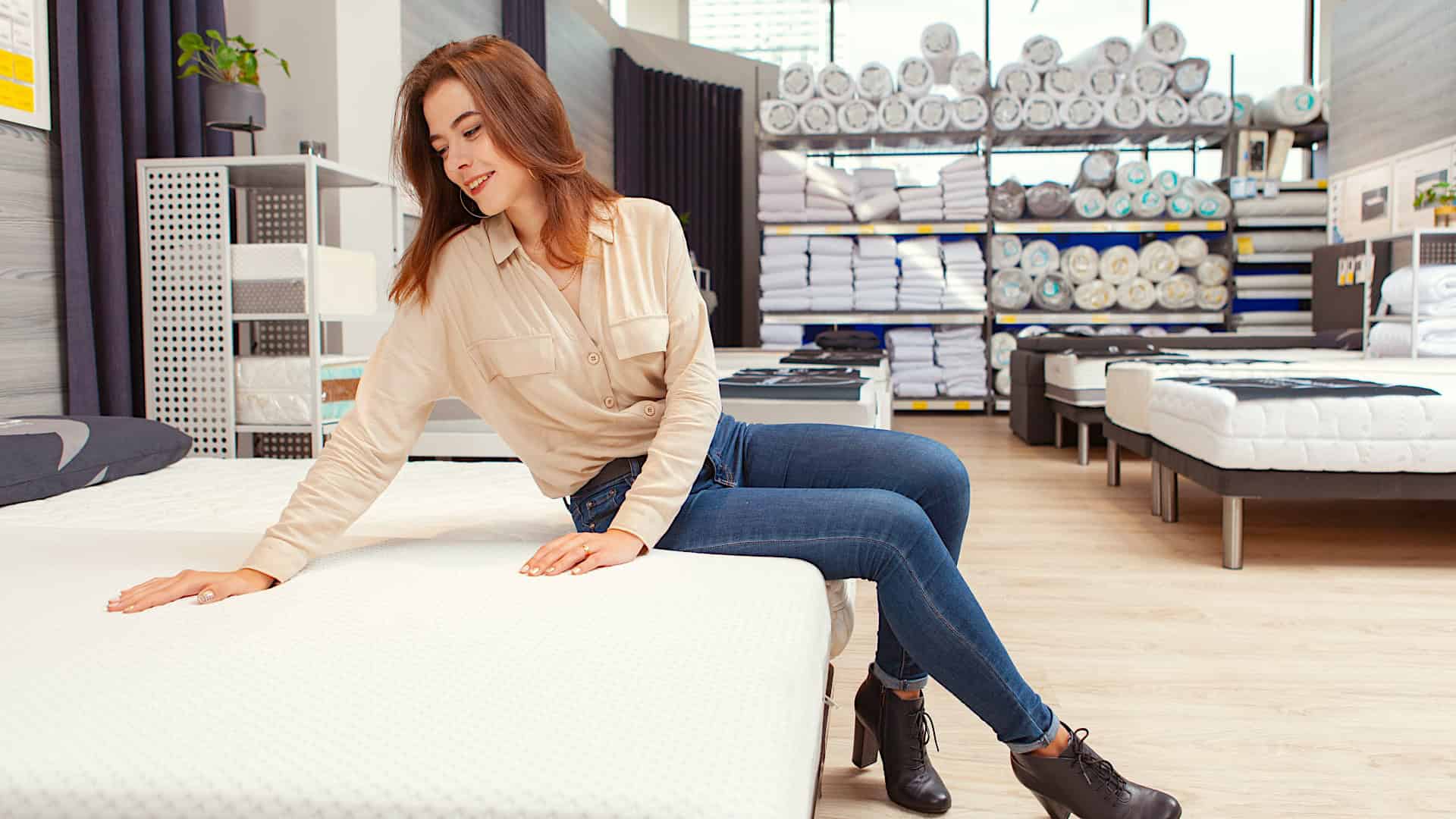
The Surprising Obstacles When Shopping for a Vegan & Organic Mattress
Last modified on:
Why is it So Hard for Vegans to Buy an Organic Mattress?
Vegans looking to avoid chemical flame retardants (CFRs) in factory-sealed mattresses may encounter challenges, as the primary natural alternative commonly selected by manufacturers is fire-resistant wool.
Because wool is an animal-derived product, this creates a dilemma for vegans seeking mattresses free from synthetic flame-retardant chemicals and animal-based materials.
Finding a mattress that fully aligns with vegan principles while also being free of chemical flame retardants is difficult.
Very few manufacturers offer completely vegan-friendly alternatives that meet mandated fire-safety standards without wool or synthetic treatments.
Where did these federally mandated fire safety standards come from? At their core, it all comes down to smokers.
Well, smokers smoking in bed.
Basically, this is a story about cigarettes.
Seems bizarre, right? Ok, let’s back up. ⬇️

The Genesis of Flame Retardants Laws
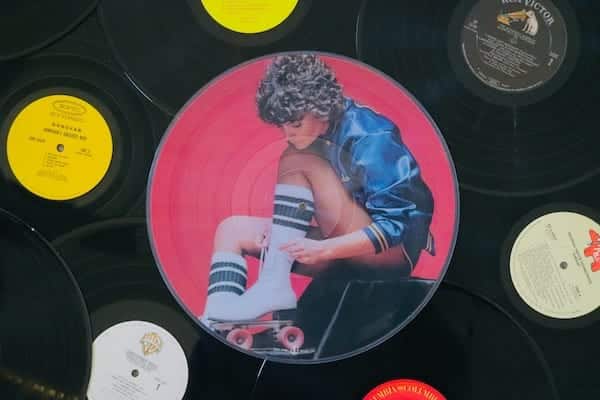
First, we’ve gotta go all the way back to the 1970s.
In the 1970s, there was growing concern around the dangers of house fires. A study found that smoldering cigarettes were a significant cause of fires and fire-related deaths in the United States.
The study showed that fires caused by cigarettes often originated with ignited upholstered furniture, focusing public attention on the issue.

The aim was to prevent fires caused by smoldering cigarettes.
In 1972, California implemented TB 117, which required manufactured mattresses to withstand exposure to open flame for a specific duration. The flammability standard was adopted by other states and in 2007 became a nationwide regulation.
To meet the new rules, manufacturers often turned to chemical flame retardants (CFRs), which were added to the foam & fabric in many mattresses.

Worries about the health impacts of chemical flame retardants (CFRs) emerged.
Unfortunately, some of these chemicals have been found to be persistent, bioaccumulative, and potentially toxic. As a result, discussions about the safety of CFRs is gaining prominence.
Vegans hoping to avoid CFRs in factory-sealed mattresses may find it difficult because the natural flame-retardant option most often chosen by manufacturers is fire-resistant wool.
Did you know? 🧐
Retailers Are NOT Required to Disclose Flame Retardant Chemicals 😬
US law requires all mattresses meet flammability standards, but does not dictate the specific materials or chemicals used to meet those standards.
Frustratingly for the consumer, manufacturers are not required to disclose any flame retardant materials or chemicals they use on mattress tags or labels.
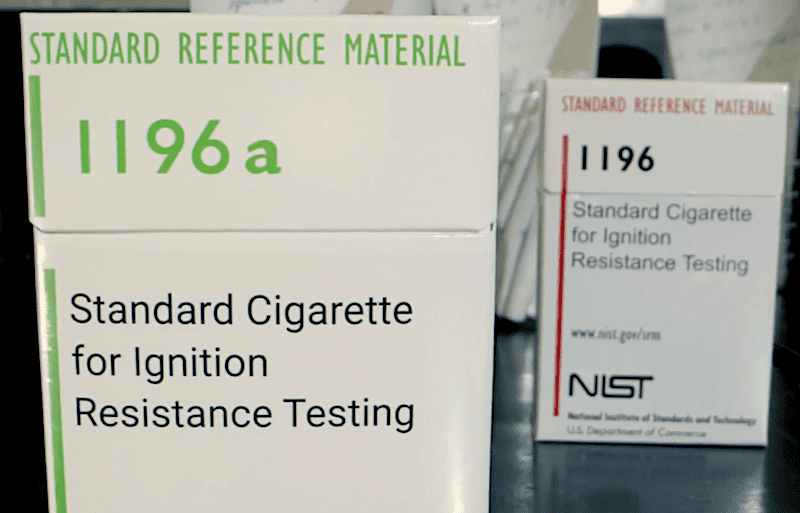
Mattresses used to be tested for fire safety using official government-made cigarettes.
health effects associated with SOME chemical flame retardants
- Hormone disruption
- Neurological impairment
- Reproductive Issues
- Cancer
- Adverse effects on fetal and child development & neurobehavioral function
fiberglass is a common material used as a flame barrier
Especially in mattresses that are lower-priced or come from online “mattress-in-a-box” companies.
Fiberglass is often used because it’s inexpensive and effective at slowing the spread of flames, helping the mattresses meet federal flammability standards.
The Potential Dangers of Fiberglass Use in Mattresses
Fiberglass can irritate skin, eyes, nose, throat, and stomach. It can also injure lungs if breathed in long-term or at high levels.
Manufacturers aren’t required to disclose fiberglass in their mattresses.
So, what’s the solution? 🤷♀️
You can DIY your own mattress! 🎉
Why aren’t mattress retailers required to inform the consumer which method of flame retardant they use?

Our perspective is simply that there is a whole other approach one can take, and of course, that is to just DIY.
Materials that can be used to make a high-quality vegan & organic mattress:
- Organic CottonOrganic cotton is a natural fiber that is soft, breathable, and hypoallergenic. It does not contain pesticides or harmful chemicals that could harm your health or the environment. Organic cotton can be used as a mattress cover, batting, or filling.
- Natural LatexNatural latex is a rubber-like material derived from the sap of rubber trees. It is durable, supportive, and responsive. It also has antimicrobial and anti-allergenic properties. Natural latex can be used for the core or the comfort layer of a mattress.
- HempHemp is a plant-based fiber that is strong, breathable, and eco-friendly. It grows fast without requiring much water or pesticides. It also has antibacterial and antifungal properties that keep your mattress fresh and clean. Hemp can be used as a mattress cover or as a hemp coir bed rug.
- KapokKapok is a fluffy fiber made from the seed pods of kapok trees. It is lightweight, soft, and resilient. It also has natural water-repellent properties that prevent mold growth and moisture damage. Kapok can be used as the filling of a pillow top or a comfort layer of a mattress.
- Pocketed CoilsPocketed coils are individually wrapped steel springs that provide excellent support and durability. They move independently, reducing motion transfer and offering superior contouring and pressure relief. Additionally, pocketed coils enhance airflow, helping to regulate temperature.
